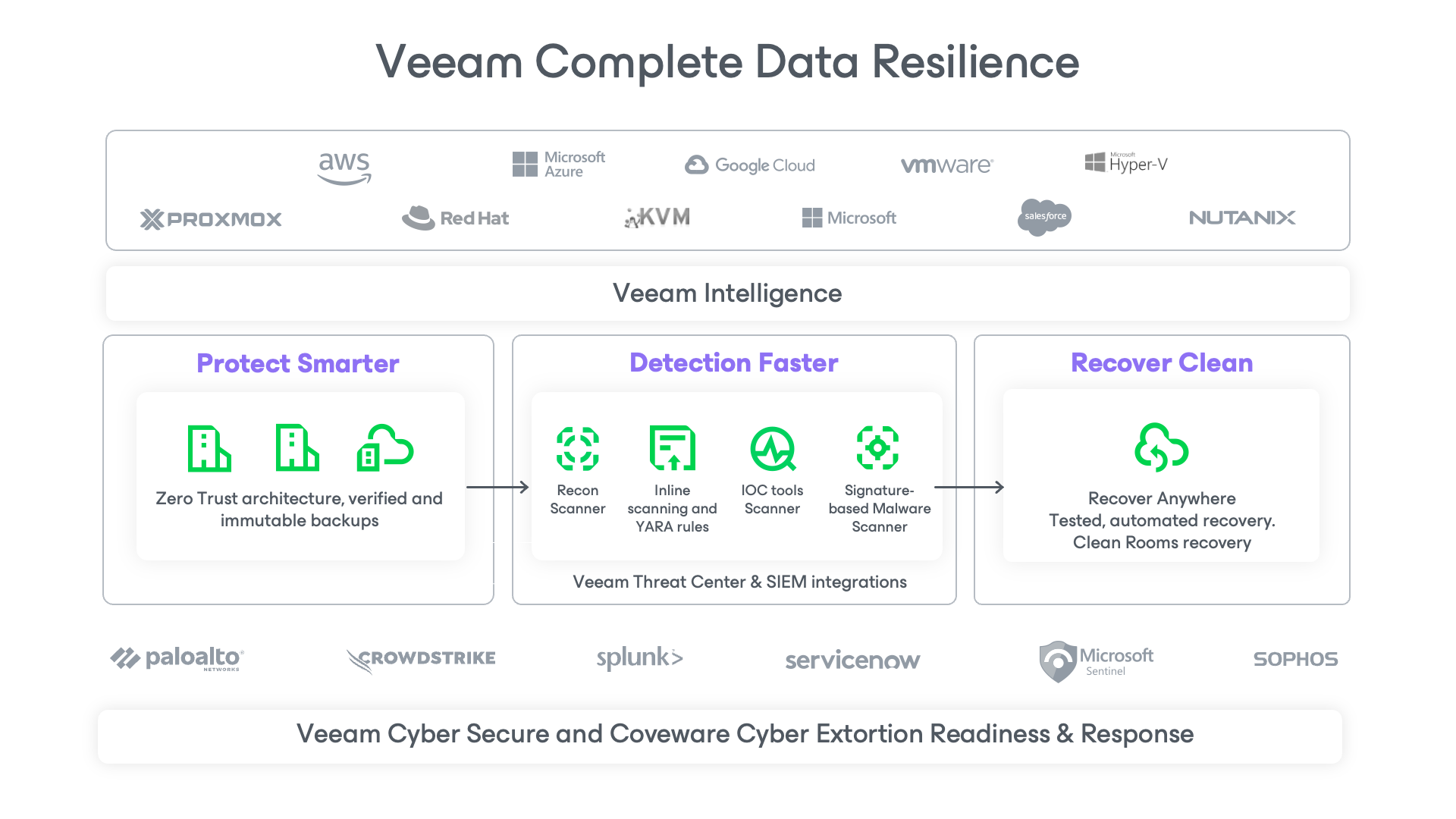Veeam Completes Acquisition of Securiti AI
to create the Industry’s First Trusted Data Platform for Accelerating Safe AI at Scale
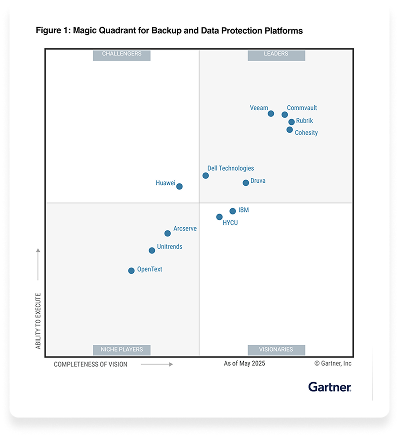
2025 Gartner® Magic Quadrant™
and a Leader for the 9th time in a row.
Veeam Data Platform
Intelligent, secure data & limitless recovery
One Platform, Zero Disruption, Full Control
Legacy solutions often create vulnerabilities and delay recovery. Veeam provides a hardened software appliance with instant recovery and AI-driven operations to reduce noise and risk.
Built-in compliance views keep you audit-ready, while portable, self-describing backups and universal licensing give you flexibility and control across platforms and clouds.
Reliable Resilience for Your Data
Experience peace of mind knowing your backups are secure, recovery is guaranteed, and compliance is effortless. Stay ahead of disruptions with enhanced security, rapid recovery, and always-on operations, protecting your data wherever it resides.
Resilience is Vital, Data is the Heart of Your Business
AI Can Help
72%
of organizations report AI/ML can help automate data recovery
Backups are Targeted
89%
had their backup repositories targeted by threat actors
Migration is Hard
29%
reported migrating app and data to the cloud as a key challenge
Sources: Reinventing Backup and Recovery with AI and ML (ESG), 2025 Ransomware Trends Report, Flexera State of the Cloud Report 2025
Benefits
Built-In Intelligence, Boundless Recovery
Remove Operational
Friction
Deploy quickly, manage from a single UI, and let AI surface issues and next steps so you recover faster with less effort.
Faster deployment with built-in resilience
Automated updates and zero-touch patching
Unified web UI with RBAC and SSO
Smarter protection strategy with Veeam Intelligence
Strengthen Security
Posture
Stop ransomware with AI-powered threat detection, immutability, and clean recovery.
AI malware and anomaly detection
YARA rules and IOC threat scanning
Immutable backups protect critical data
Cleanroom recovery validates safe restore points
Freedom from
Lock-In
Recover anywhere with portable backups, universal licensing, and flexible workloads.
Migrate freely across platforms and clouds
Portable, self-describing backups
Universal licensing across environments
Optimize cloud and cost efficiency via better intelligence
Beyond Backup: Veeam Delivers More
Pick a path to dive deeper and try it in your own environment.




True Data Resilience
Available in three comprehensive enterprise-grade editions — our most powerful premium option delivers the complete, secure protection and best-in-class orchestration that can only be achieved with Veeam Data Platform.
FoundationFoundation
ResilienceAdvanced
ResiliencePremium
Add On
Add On
Add On
Add On
Add On
Add On
Your Fastest Path to Veeam Data Platform
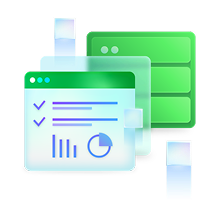
Protected Without Exception
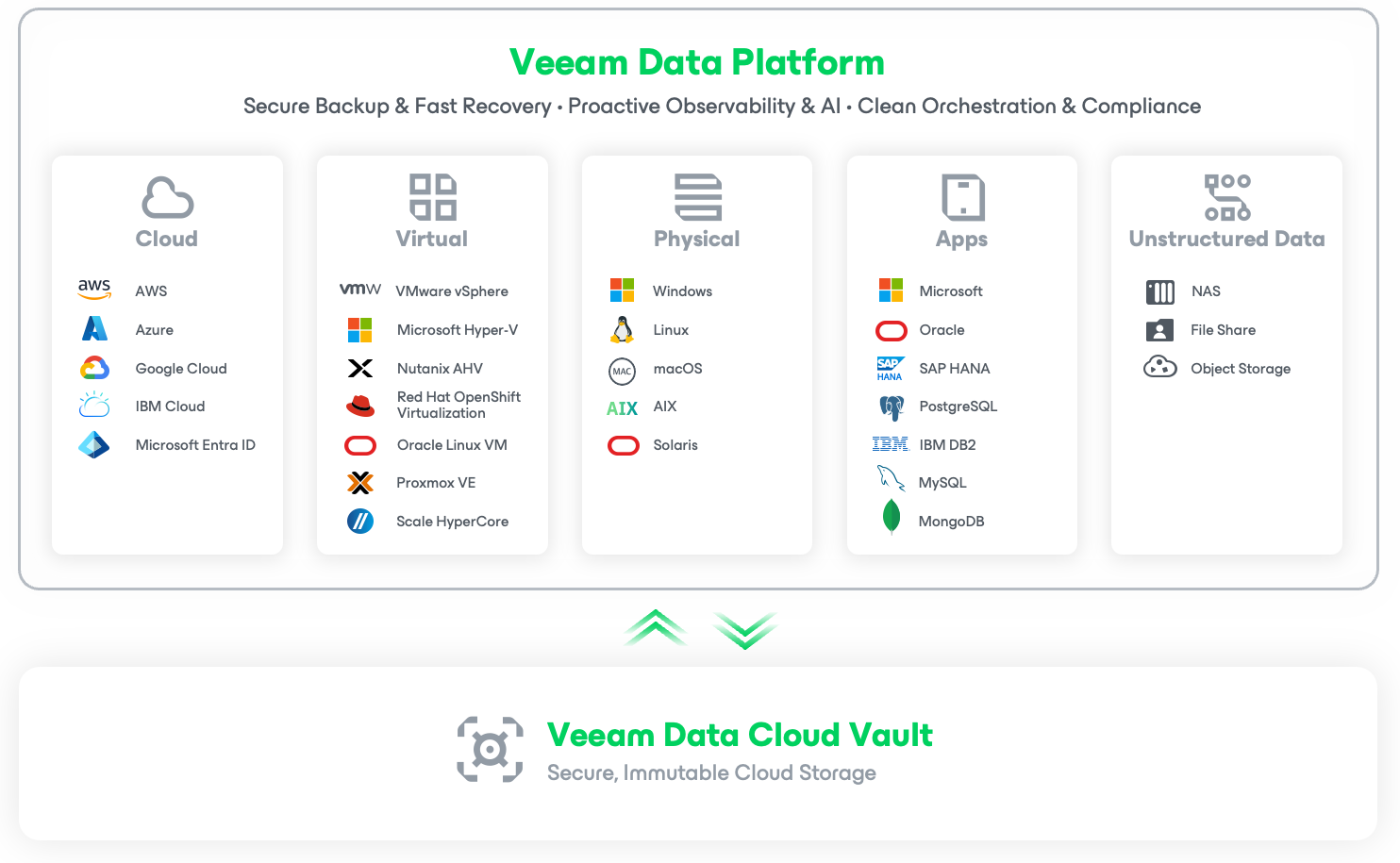
Veeam Data Platform + Veeam Vault
- Data secured
- Operations simplified
- Costs controlled
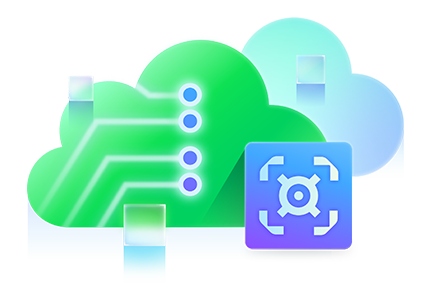
Veeam is More
It’s Cyber Resilience
Proactive threat detection and full incident response for on-premises,
cloud, and hybrid with the protection you trust.
It’s Data Portability
Portability across hypervisors, clouds, and workloads for
complete control of your data's destination.
It’s Secure Cloud Storage
Immutable, secure, and affordable, fully managed
Zero Trust storage out of the box.
It’s Hybrid Cloud
On premises, public cloud, and anywhere in between
with enterprise-grade reliability and speed.
Stay Secure, Stay Compliant, Stay in Control
Stay ahead of ransomware with the best security features in the market – our proactive threat detection and response enable you to identify and mitigate cyber risks.
Data Protection Trends & Insights
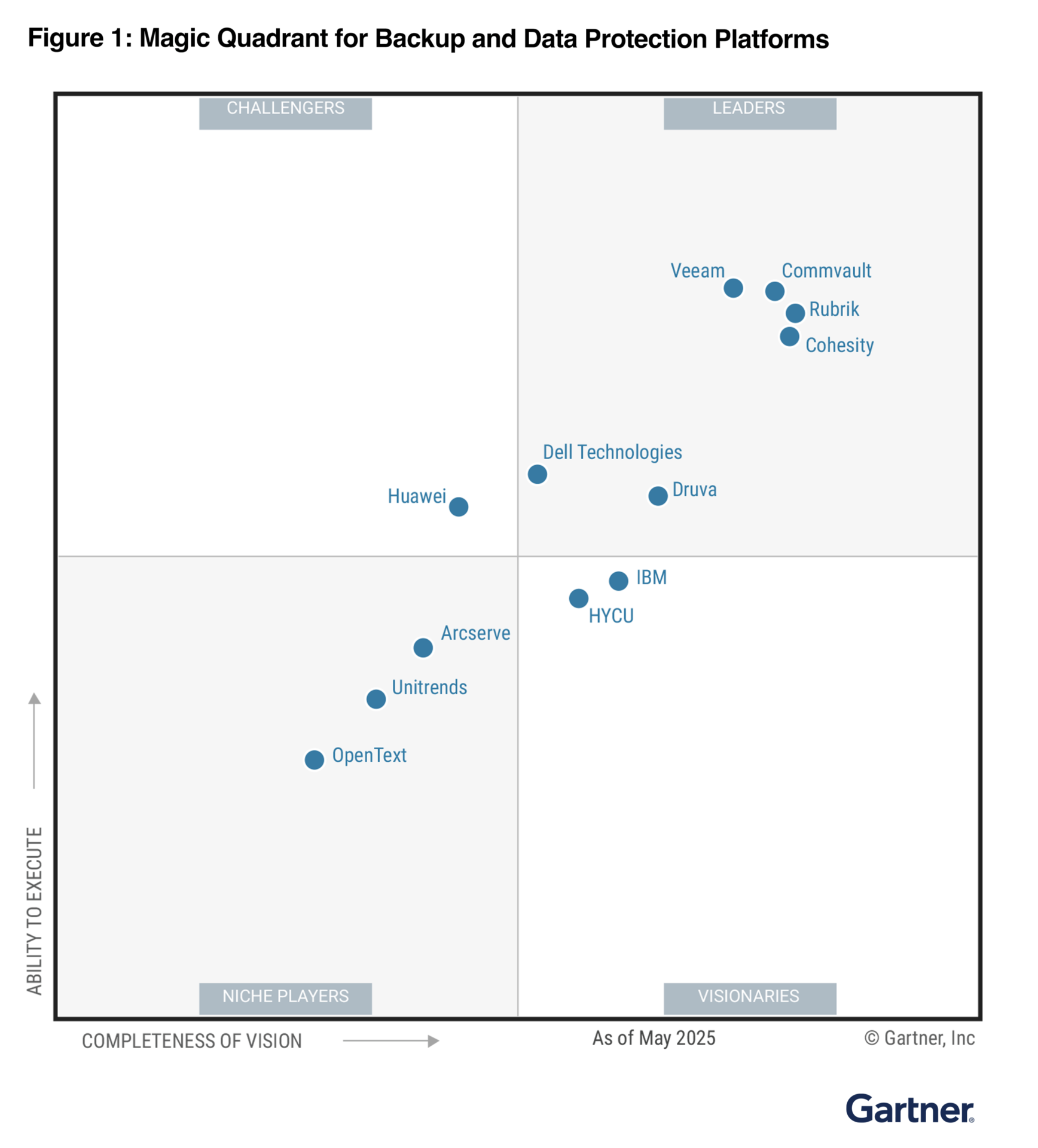

2025 Gartner® Magic Quadrant™
Veeam Data
Resilience
Maturity Model
FAQs
What is Veeam Data Platform?
Why is Veeam Data Platform different from other data resilience solutions?
Why do leading enterprises choose Veeam Data Platform?
What unique data protection features does Veeam Data Platform offer?
How does Veeam Data Platform support compliance and governance?
How does Veeam Data Platform improve cyber security?
How resilient is Veeam Data Platform against cyberattacks like ransomware?
How fast can Veeam recover data after an outage or cyberattack?
Can you elaborate on the encryption methods used for securing data backups?
How does real-time monitoring enhance data protection?
Can I deploy Veeam in the cloud or on-premises?
What measures are in place for protecting sensitive and confidential data?
Can Veeam Data Platform handle large-scale data protection needs?
What kind of training and resources does Veeam offer to help users maximize data protection with the Veeam Data Platform?
Radical Resilience is Our Difference
With Veeam by your side, you have the flexibility you want for today’s hybrid cloud and the confidence you need for long‑term success.
Trends in Ransomware Protection
Our annual report with insights and strategies from thousands of IT leaders
View a Demo
Strengthen business productivity and scalability without sacrificing your security or compliance needs

